Topic 4: Communities Change Over Time
1/26
There's no tags or description
Looks like no tags are added yet.
Name | Mastery | Learn | Test | Matching | Spaced |
|---|
No study sessions yet.
27 Terms
**?How do biologists study very large populations
They estimate population size using sampling, and ideas such as density, and dispersion rather than counting every individual.
Population size
Estimated number of total organisms in a population.
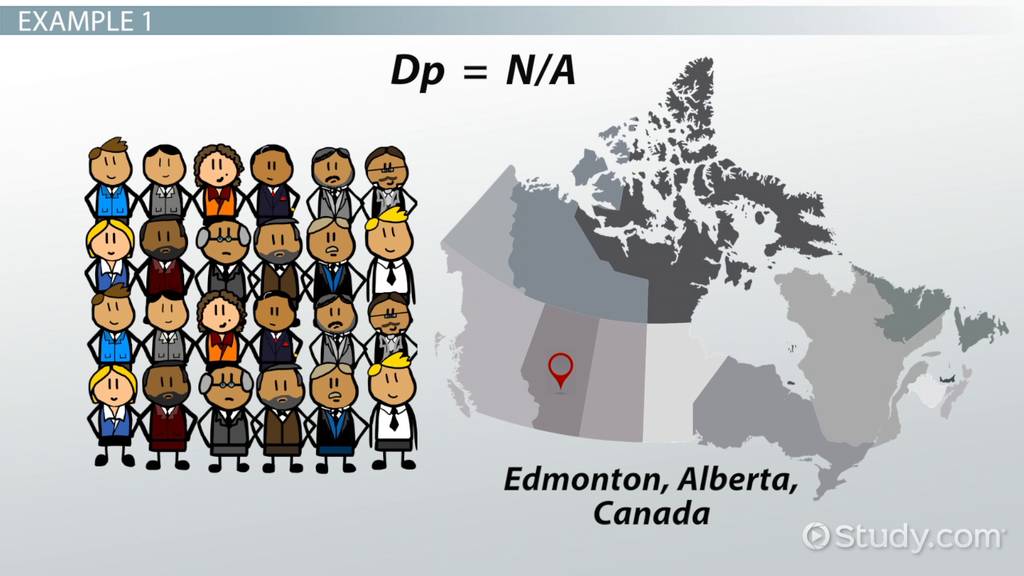
Population Density (Dp)
The number of organisms per unit area or volume.
Dp = Number of organisms/Area or Volume
Importance to measure population density (Dp)? (2)
Helps scientists identify a sustainable size and determine whether a habitat can support the population.

Population Dispersion. What are it's 3 types?
The general pattern in which individuals are distributed through a specific area.
1. Clumped 2. Uniform 3. Random dispersion.
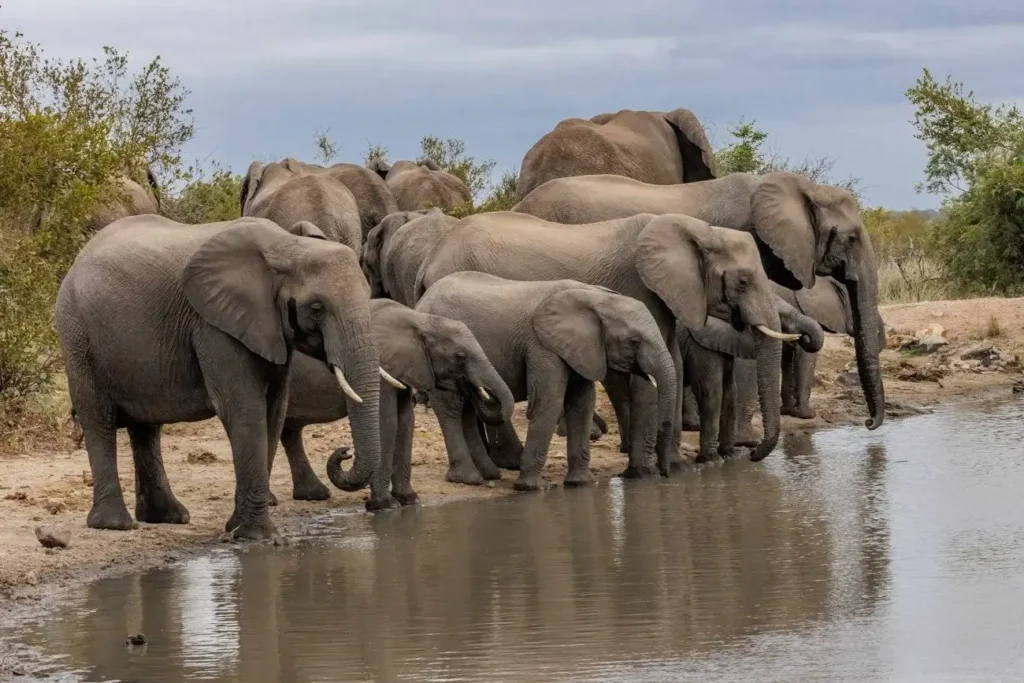
Clumped Dispersion. Example?
Individuals concentrated in specific parts of a habitat (often where conditions are favourable or due to social behavior).
Example: 1) cattails along pond edges, 2) herds of elephants for protection.
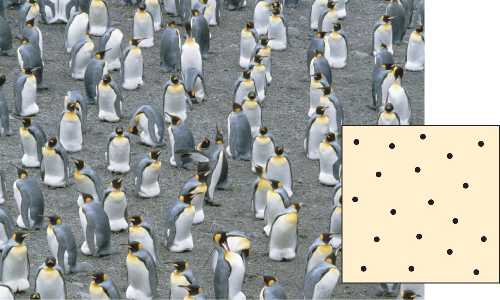
Uniform Dispersion. Example?
Individuals are evenly distributed, often due to competition for territories.
Example: Penguins nesting

Random Dispersion. Example?
Individuals are distributed with no pattern (random), occurs when habitat conditions are uniform and interactions are minimal.
Example: Dandelions growing almost everywhere.
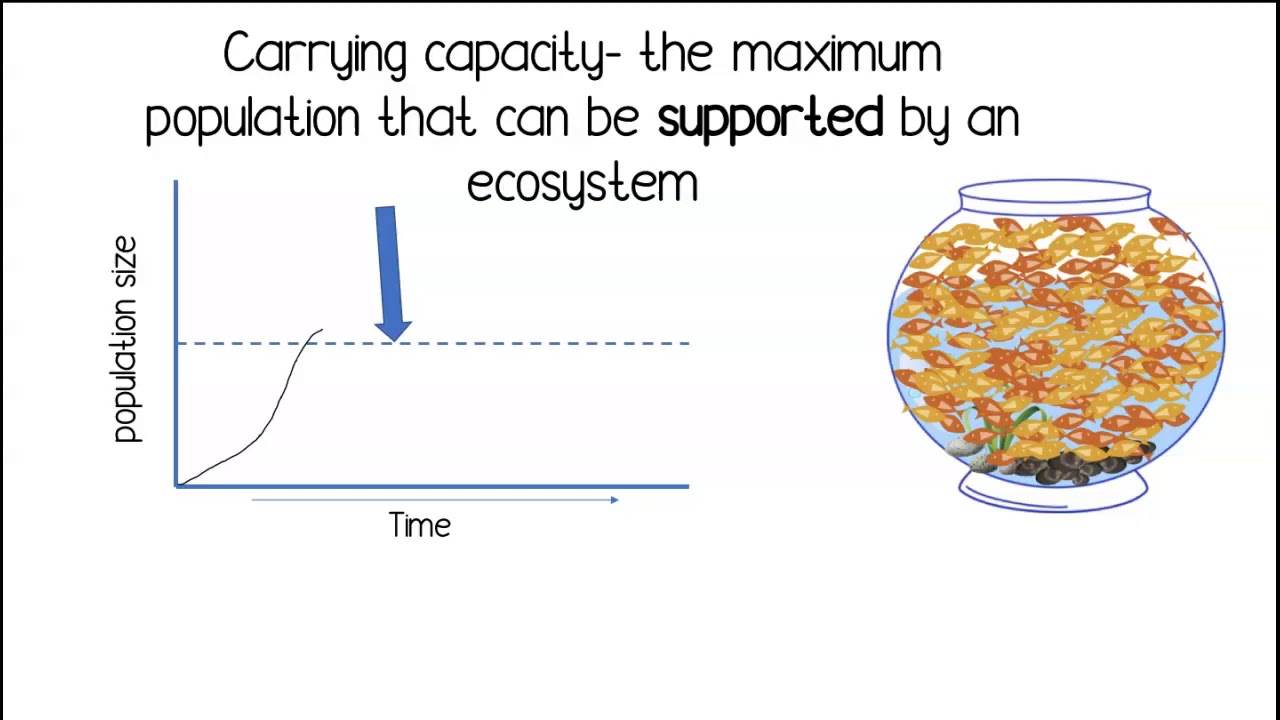
Carrying Capacity
The MAXIMUM number of organisms that an ecosystem can sustain with available resources over a period of time.
Why is carrying capacity considered dynamic?
Environmental conditions (like temperature, water, and resource availability) are always changing.
What factors influence how quickly a population reaches carrying capacity? (3)
1) Availability of biotic and abiotic resources
2) Rate of population growth
3) Environmental conditions.
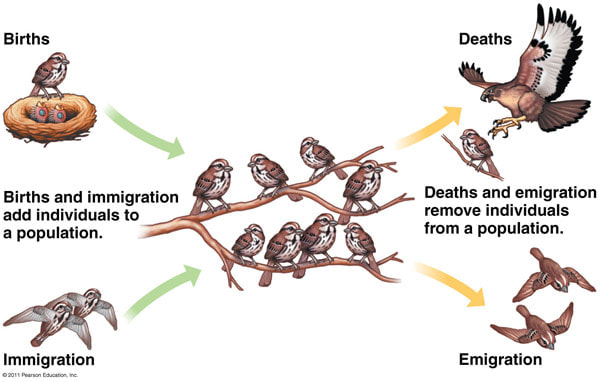
4 main factors that affect population size?
Natality (births)
Mortality (deaths)
Immigration (into population),
Emigration (out of population).
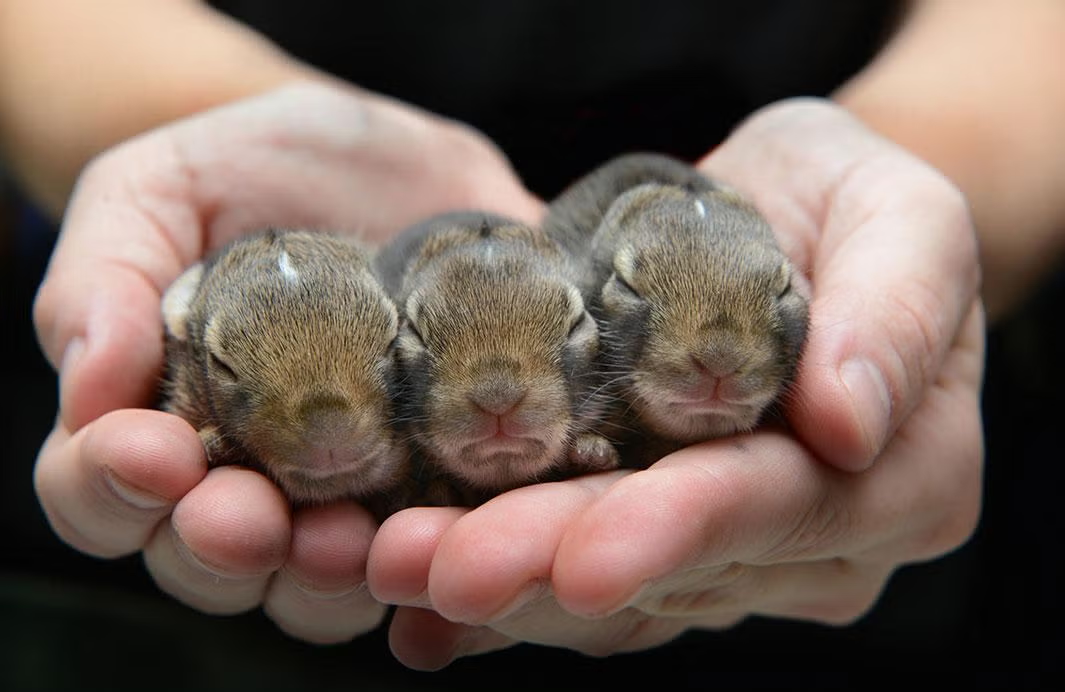
Biotic Potential
MAXIMUM reproductive rate of a species under ideal conditions.
This rate is inherited and is due to natural selection.

Change in Population Size (∆N)
Calculates all the factors (4) that affect population size.
ΔN = (natality + immigration) - (mortality + emigration) = (n+i) - (m+e)
What does it mean if ∆N is positive, negative, or zero?
Positive ∆N: population is growing
Negative ∆N: population is declining
Zero ∆N: constant population size
Growth Rate (gr)
How quickly a population is increasing or decreasing. (very useful value)
Growth Rate = change in population size / change in time. gr = ΔN / Δt
Per capita growth rate (cgr)
How FAST a population is growing compared to the original population.
Per capita growth rate = change in population / initial population size cgr = ΔN / N

What factors influence open populations? (4)
Natality
Mortality
Immigration
Emigration.
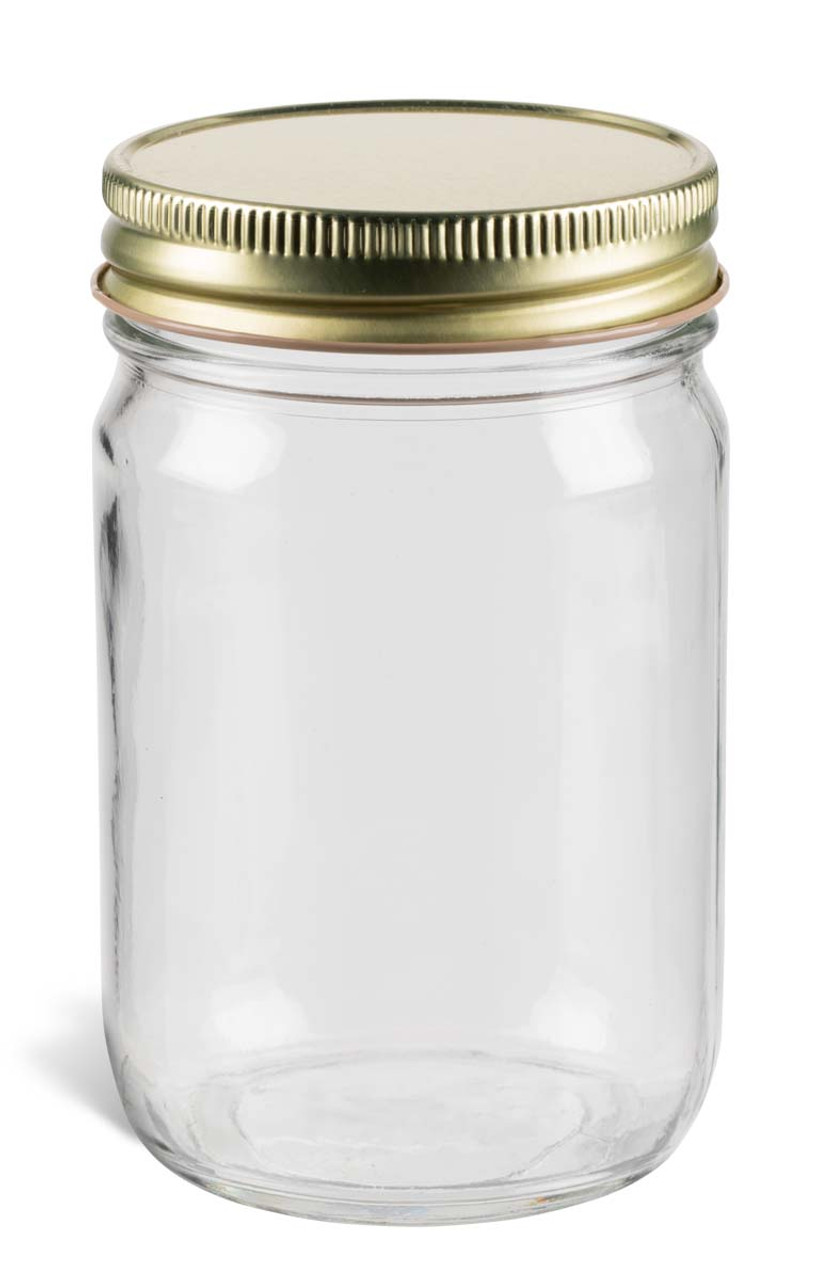
What factors influence closed populations?
Only natality and mortality.
Why are closed populations rare? Where would we see closed populations?
Rare to see an environment with no immigration or emigration.
Only seen in isolated islands or Petri dishes.

Succession
process of gradual change in community's composition over time until reaching a final stable community (climax community).
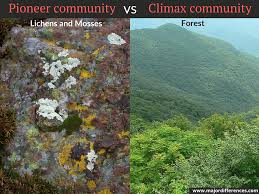
Climax Community
A stable, self-sustaining community that has developed in a particular area over a LONG period of time
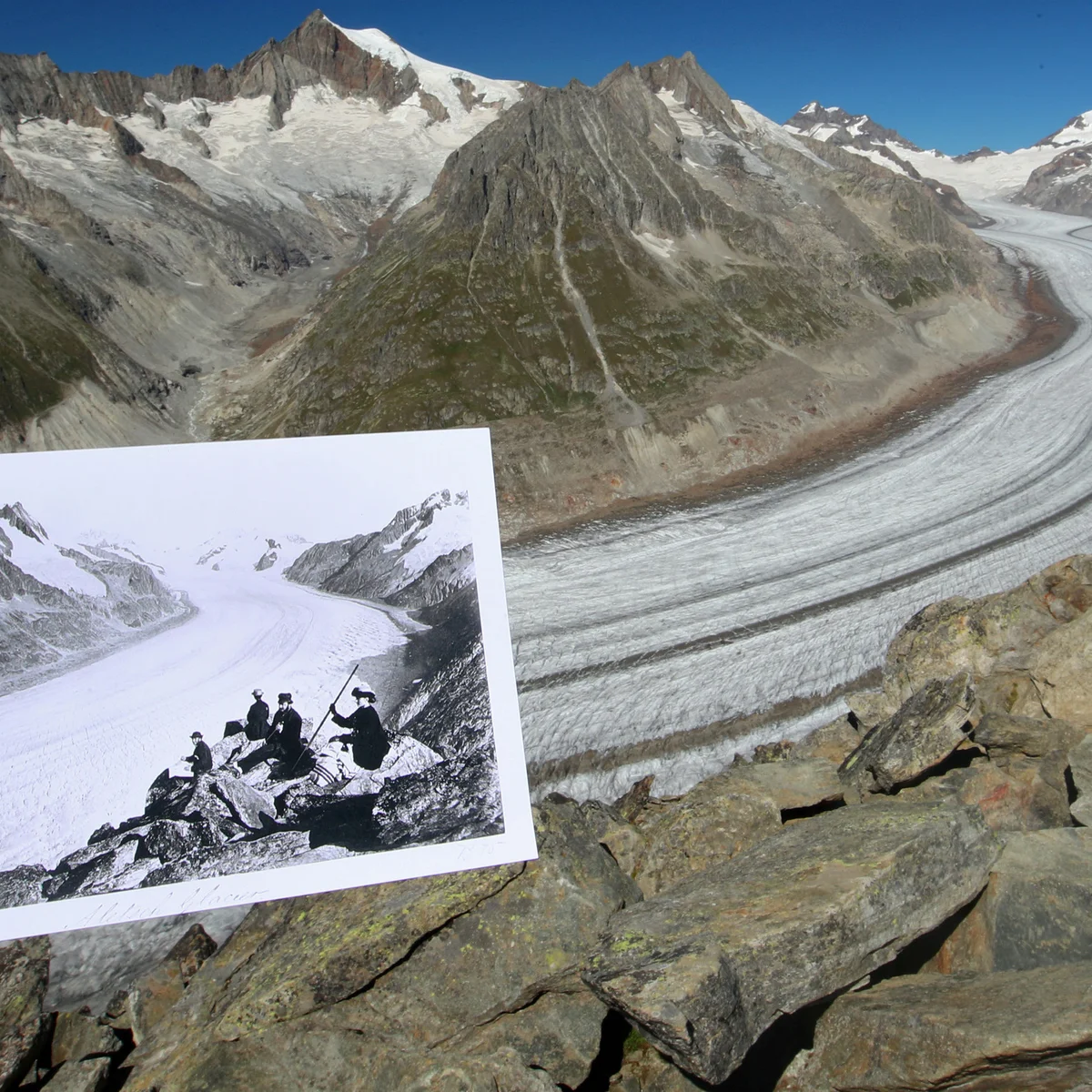
Primary Succession. Example?
Succession in areas with no previous community and VEGETATION. Begins with lichens and mosses breaking down rock into soil.
Ater volcanic eruptions or glacial retreat
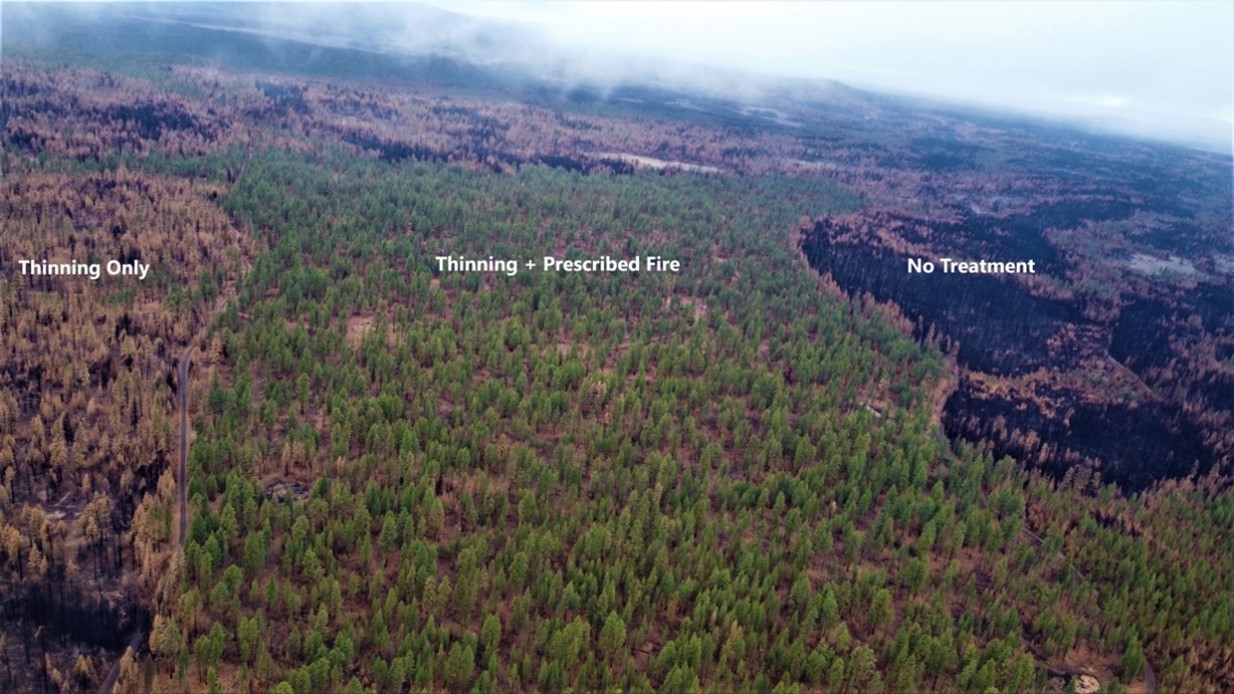
Secondary Succession. Example?
Succession in an area that was previously covered by vegetation but were disturbed or destroyed. Soil is already present, so recovery is faster
Fire, flood, human activity)
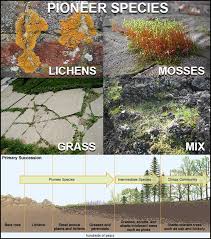
Pioneer Community/Species. Examples?
The FIRST plants and organisms to colonize an area during succession
Grasses, small plants with wind/animal-borne seeds

How do abiotic conditions change during succession?
Larger plants provide shade —> reduce evaporation —> cool soil —> increase soil fertility = create conditions for new species.
How do species interactions change during succession?
New species establish, old ones may be outcompeted, and ecological niches shift for plants, animals, fungi, protists, and bacteria.